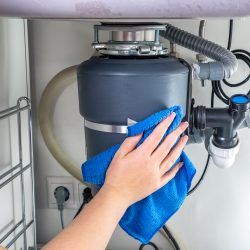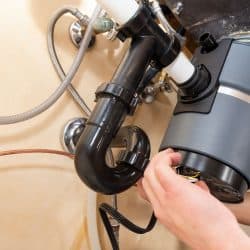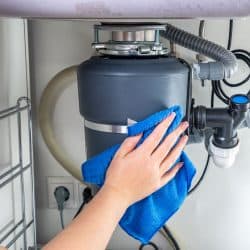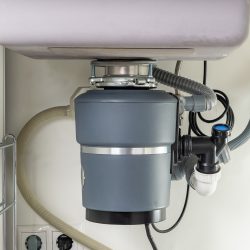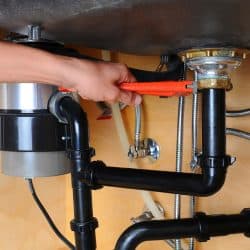A faucet is an essential fixture in the kitchen. You rely on these kitchen faucets for different roles, such as washing dishes, rinsing produce, and filling pots. But do these fixtures come with drains? We did the research, and this is what we learned.
Typically, kitchen faucets do not come with drains. However, it would be best if you still paired your kitchen faucet with a suitable drain. Operating the faucet without a drain would create quite a mess.
Now that you know kitchen faucets rarely come with drains, read on to learn more as we discuss choosing a kitchen faucet and ways you can keep your kitchen sink drain from clogging. Without further ado, let's get into it!
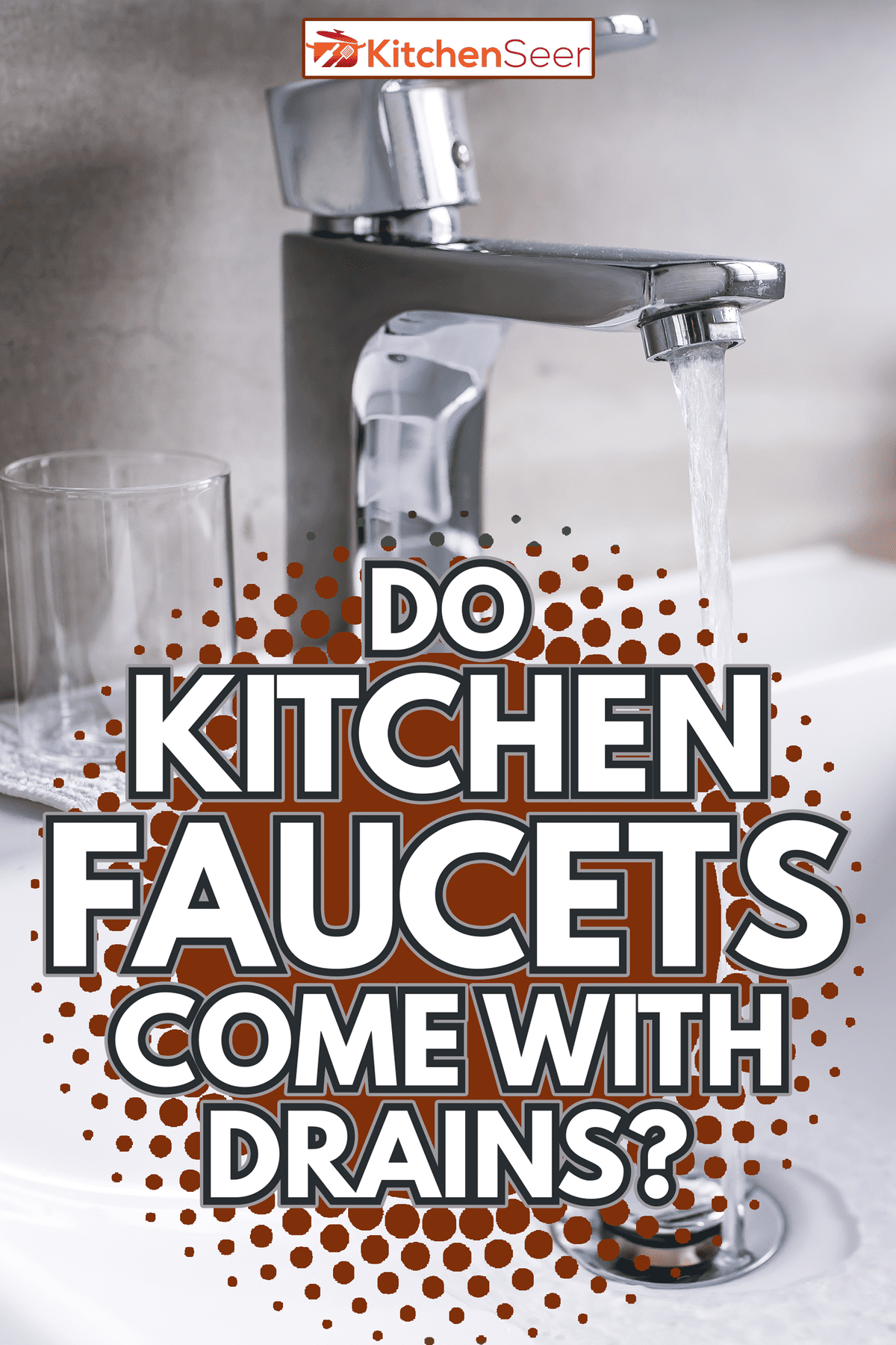
Do kitchen faucets come with drains?
The faucet and drain comprise the main parts of a kitchen sink. While the faucet regulates water flow and shuts off the water when you are not using it, the drain allows this water to escape from the kitchen sink's basin.
Often, kitchen faucets do not come with drains. Nevertheless, because the faucet and the drain are interrelated components of the sink, you do not need to install a separate drain for the faucet when the sink is fitted with a drain. If the drain is missing, ensure that you pair your faucet with a suitable one.
How to choose a kitchen faucet
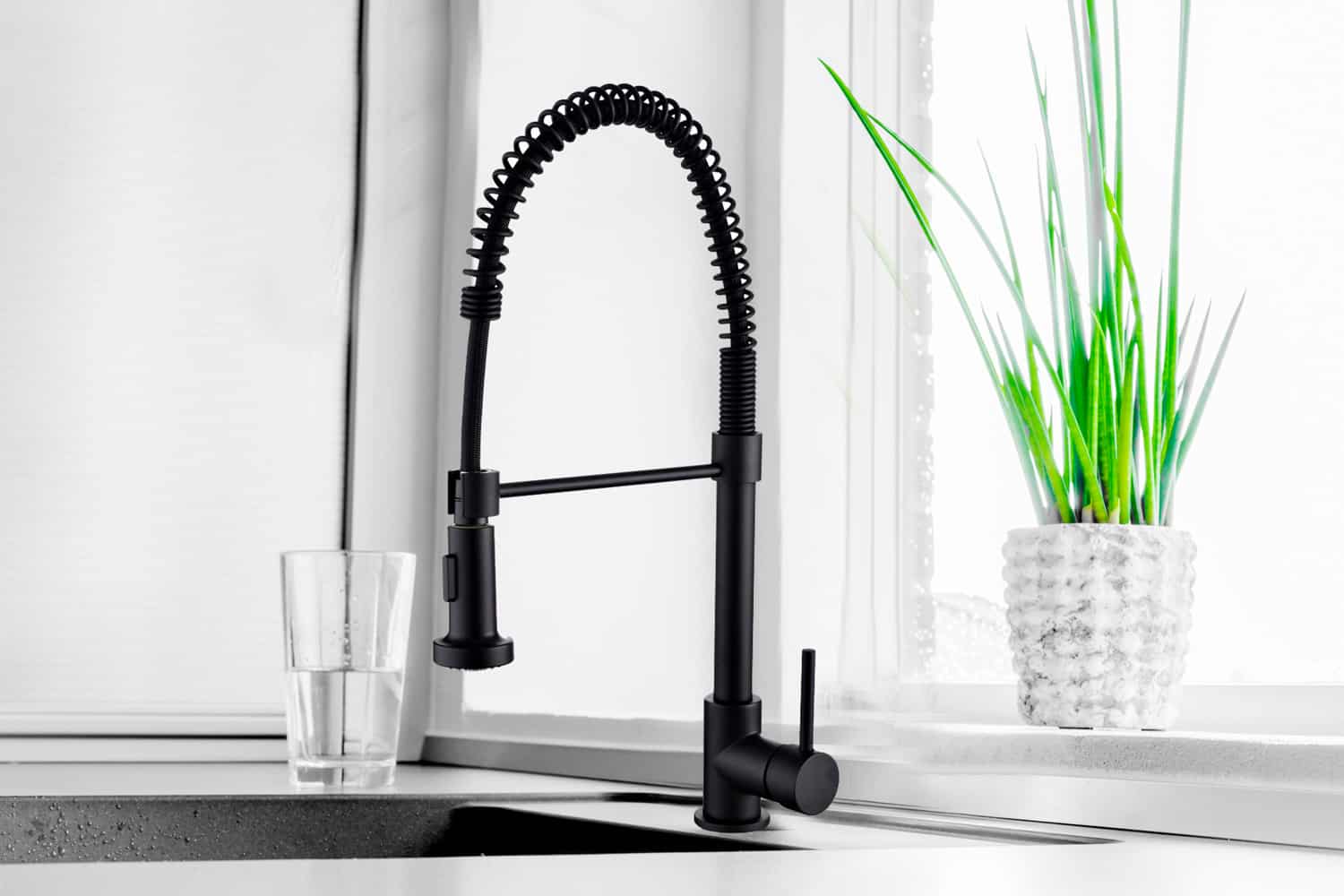
Choosing the right kitchen faucet can be daunting given the variety of materials, finishes, prices, features, and styles available. Furthermore, you also need to consider the faucet's practical factors since it is one of the most used parts in the kitchen.
Determine the expected result, then carefully evaluate all the options available in the market. Opt for a faucet that meets the demands of your busy kitchen, looks great, and adds value to your home. Remember that choosing the right faucet will make working in the kitchen enjoyable. We hope that these tips will guide you in making a suitable choice.
Spout height, projection, and clearance
Height
Choose a faucet that works in the space allowed without renovating the kitchen to accommodate it. For this reason, do not buy a tall faucet if there are fixtures such as shelves above the kitchen sink.
Ensure that the faucet is high enough to make performing chores such as washing and filling large pots easier.
At the same time, consider the sink depth since combining a high faucet and a shallow sink may result in splashing. You want the faucet's placement to be low enough to avoid excess splashing that would otherwise create a mess outside the sink.
Projection
The faucet's projection indicates how far the faucet extends over the sink. This consideration is crucial when choosing a wall-mount faucet. See to it that the spout extends adequately over the center of the sink.
If you plan to use the faucet with multi-bowl sinks, ascertain that its projection enables it to reach every sink part.
Clearance
If you opt for a faucet that swivels, confirm that it has adequate room to move around without its handle or spout hitting the wall. Accordingly, consider the amount of room available behind the sink before mounting your faucet. Leaving enough room behind the faucet also makes cleaning effortless.
Spray type
Adding a sprayer to your faucet makes washing dishes and cleaning the sink bearable. Although many faucets have an integrated sprayer in the head, you can invest in a multi-piece set with a separate sprayer if you have available holes.
If you are shopping for an integrated spray head, make sure to pick a good quality piece. If you buy a pull-out sprayer of inferior quality, it will break easily or hang if the magnet is faulty. Also, check that the sprayer will reach all the corners of the sink and it has an easily accessible spray button to change the flow type.
Finishing
Most faucets have bronze, polished chrome, or satin-nickel finishes. Choose a finishing that matches nearby towel bars or cabinet hardware to enhance your kitchen's aesthetic value.
Of the three finishes, chrome is the most durable and the easiest to keep clean. It is, therefore, suitable for heavy use kitchen faucets.
On the other hand, nickel finishes have a dull shine and are often labeled "brushed," "satin," or "stainless steel." Even though they are durable, they are harder to keep clean as they are prone to water spots and fingerprints.
Bronze finishes have a brownish tone. The faucet's surface is a coating rather than metal. Although this coating is durable, it chips or scratches more easily than metal.
Read this article to learn: Should Kitchen Sink Drain Match Faucet?
How to keep your kitchen drain from clogging
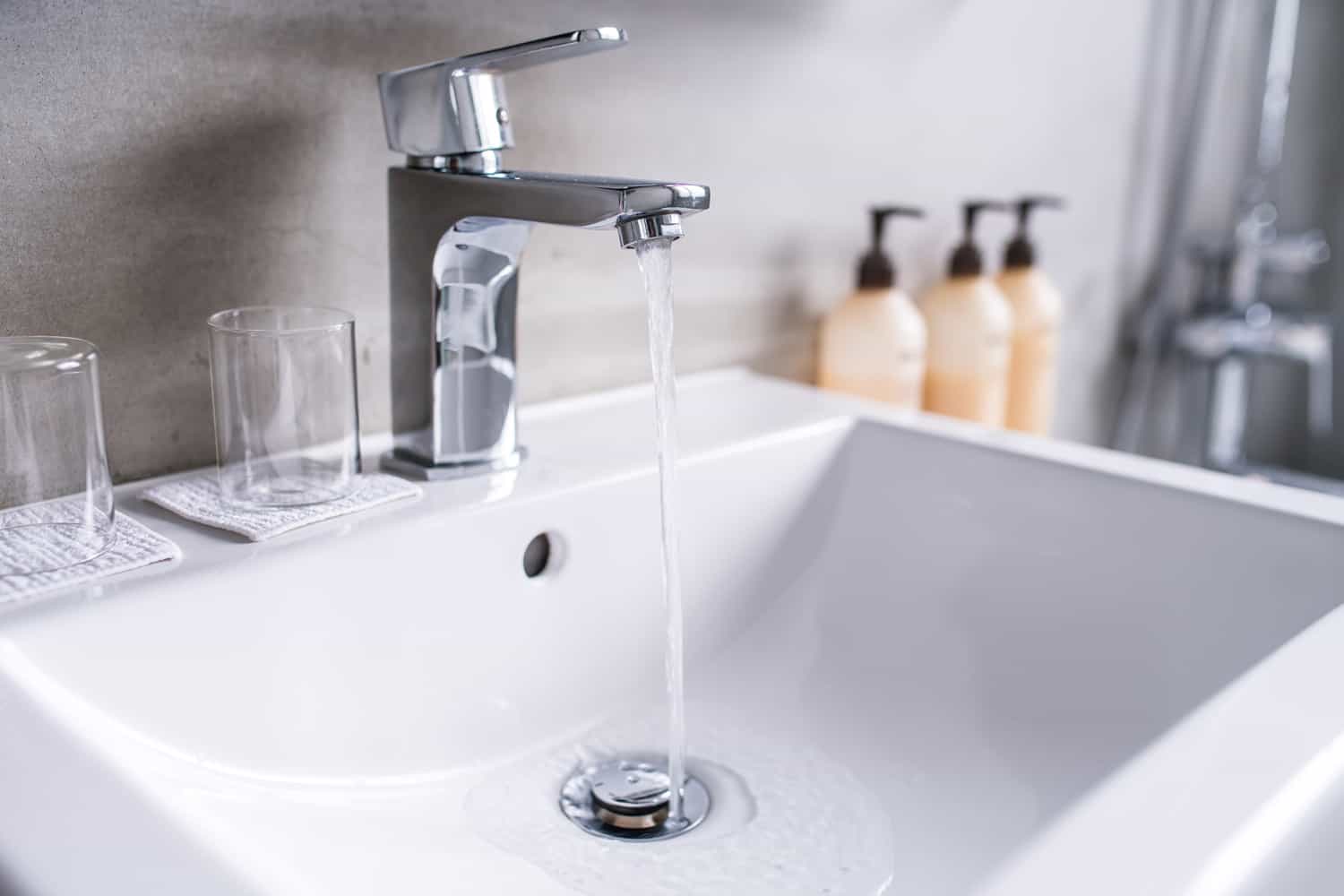
Clogged drains can spell trouble for the overall functionality of the home. Additionally, you incur expensive repair costs when the kitchen drains are mishandled. It is, therefore, essential to establish basic rules to keep your kitchen drains in tiptop condition.
Avoid pouring fats or oils down the drain
Although fats and oils may go down the drain with ease, the cold temperatures in the drain pipes cause them to solidify, creating a trap for other wastes. As the solid oil particles gather, a hard-to-remove blockage forms.
Over time, the fats and oils break down to form fatty acids and glycerol. If the fats and oils travel through your pipes to the local sewer, the fatty acids bind with calcium to create fatbergs. The fatbergs grow in size and cling to the sewer ceiling, ultimately causing a sewer backup.
Maintain your garbage disposal
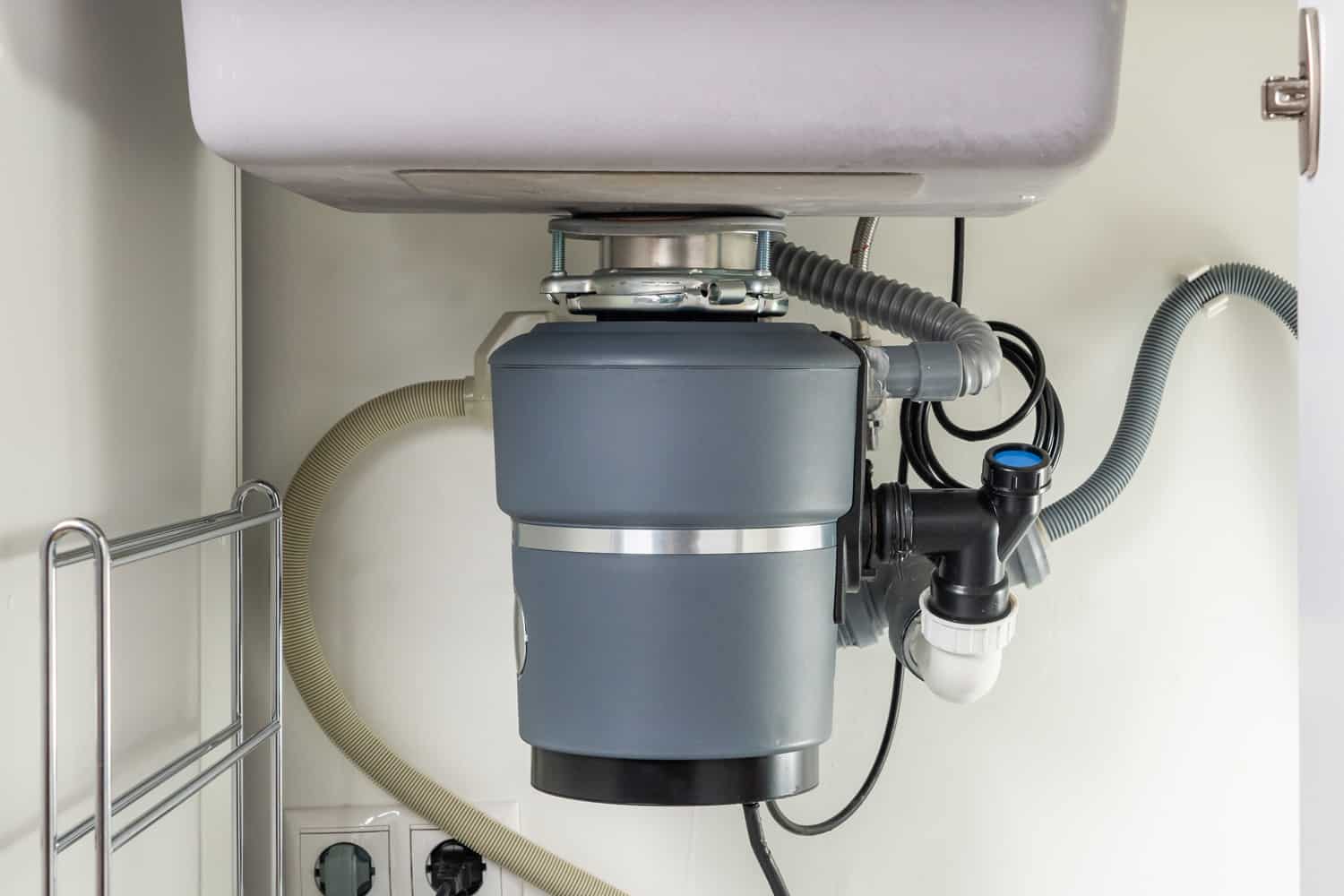
Run it regularly
Regularly run the garbage disposal to keep the build-up of residual food waste at bay. It is best to run the disposal every few days even if you do not have anything to grind. If left idle for long, the disposal parts can freeze or corrode. Additionally, left-over food inside the disposal can harden, causing clogs and odor.
Keep the garbage disposal and the water in operation for a minute after the garbage disposal has finished grinding waste. Running the garbage disposal longer will ascertain that all the waste has been eradicated, preventing clogs.
Use cold water
When operating the garbage disposal, use cold water rather than hot water to flush food waste down the drain. The cold water hardens the food and keeps lingering fats and oils in a solid form.
Retaining food waste in solid form makes it easier for the garbage disposal to grind the particles and push the residual waste out the drain pipe. If you use hot water, the water melts fats and oils, allowing the waste to cling to the disposal sides.
Add drops of dish soap
When running the garbage disposal, adding some drops of dish soap will loosen the lingering fats and oils. The cold water and soap clean out the disposal, ensuring that no waste remains behind. Furthermore, you can occasionally toss peels from citrus fruits, such as oranges and lime, into the garbage disposal. The peels aid in clearing excess waste in the disposal and get rid of any unpleasant odors.
Cut waste into small pieces
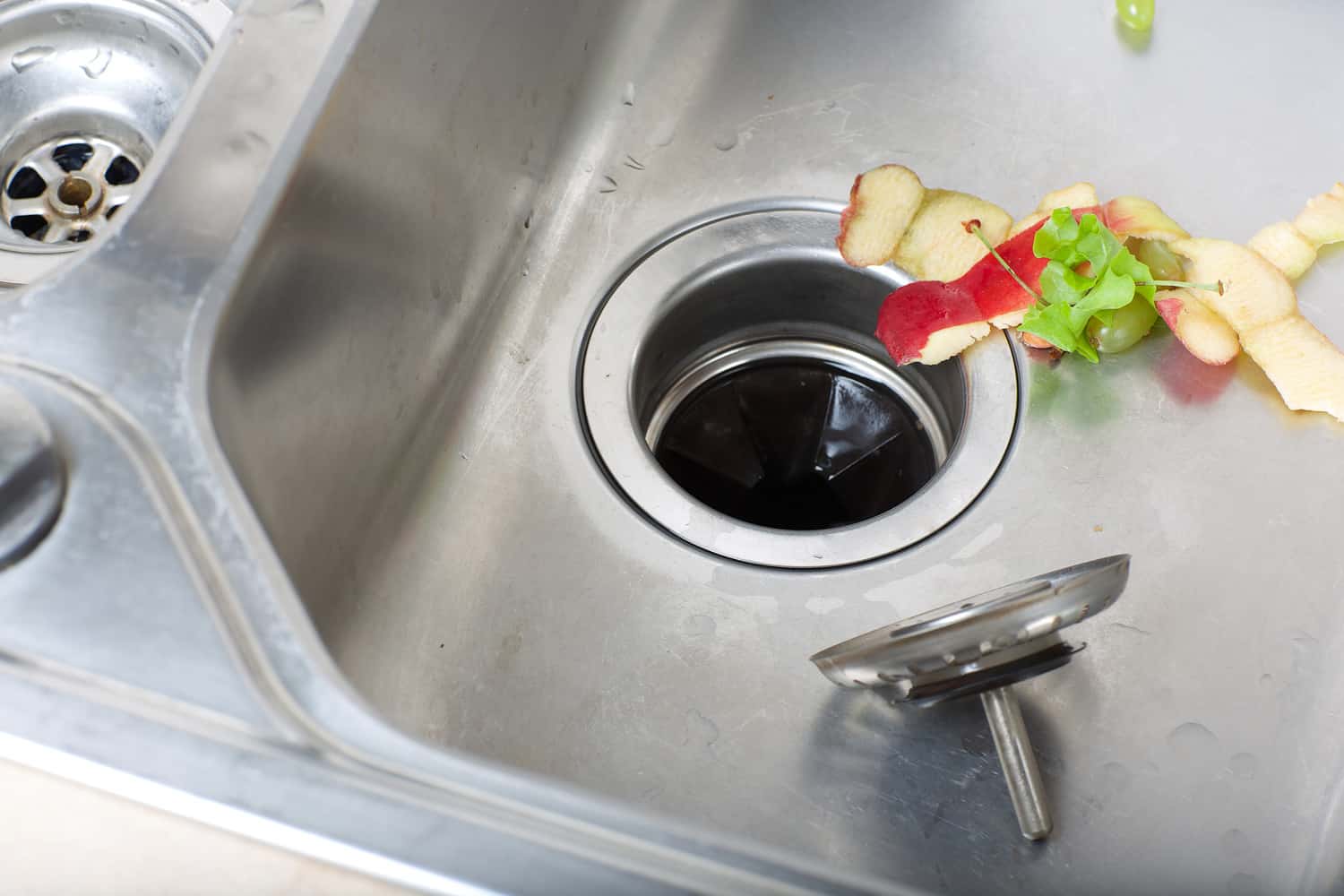
Avoid overworking the garbage disposal by putting in large chunks of meat or fruits. Cut the waste into smaller pieces and only add a few pieces at a time. Overworking the disposal can lead to clogging.
Sort what you feed the garbage disposal
Avoid putting items that don't grind with ease into your garbage disposal. Starchy food waste such as potato peels and expandable food such as pasta and rice clings to the sides of the garbage disposal, making it difficult to flush it out into the drain pipes.
Big bones, seeds, and other non-food items such as glass, metal, or paper can dull the disposal blades, jam the disposal, or even get stuck in the drain pipes. Furthermore, eggshells can stick to the drain pipes, eventually clogging them.
Clean your dishwasher
Your dishwasher is not a self-cleaning appliance, even though it makes dishwashing far less tedious. It is recommended that you clean your dishwasher monthly to keep it in good working condition.
The dishwasher has a filter that keeps soggy food particles from landing on cleaned dishes or blocking the drain. When you fail to clean the filter, your dishes come out having pieces of food stuck on them or feeling gritty. Also, your dishwasher emits unpleasant odors. Regularly cleaning the dishwasher filter will prevent these issues from cropping up.
The dishwasher also has a gasket that prevents water from leaking to the floor. Make a solution of three cups of water and half a cup of vinegar monthly and clean the gasket to bar mold growth.
Remember to clean the dishwasher's spinning arms responsible for spraying hot water to clean dishes. Use a toothbrush to unclog the holes on the spray arms to enhance their efficiency.
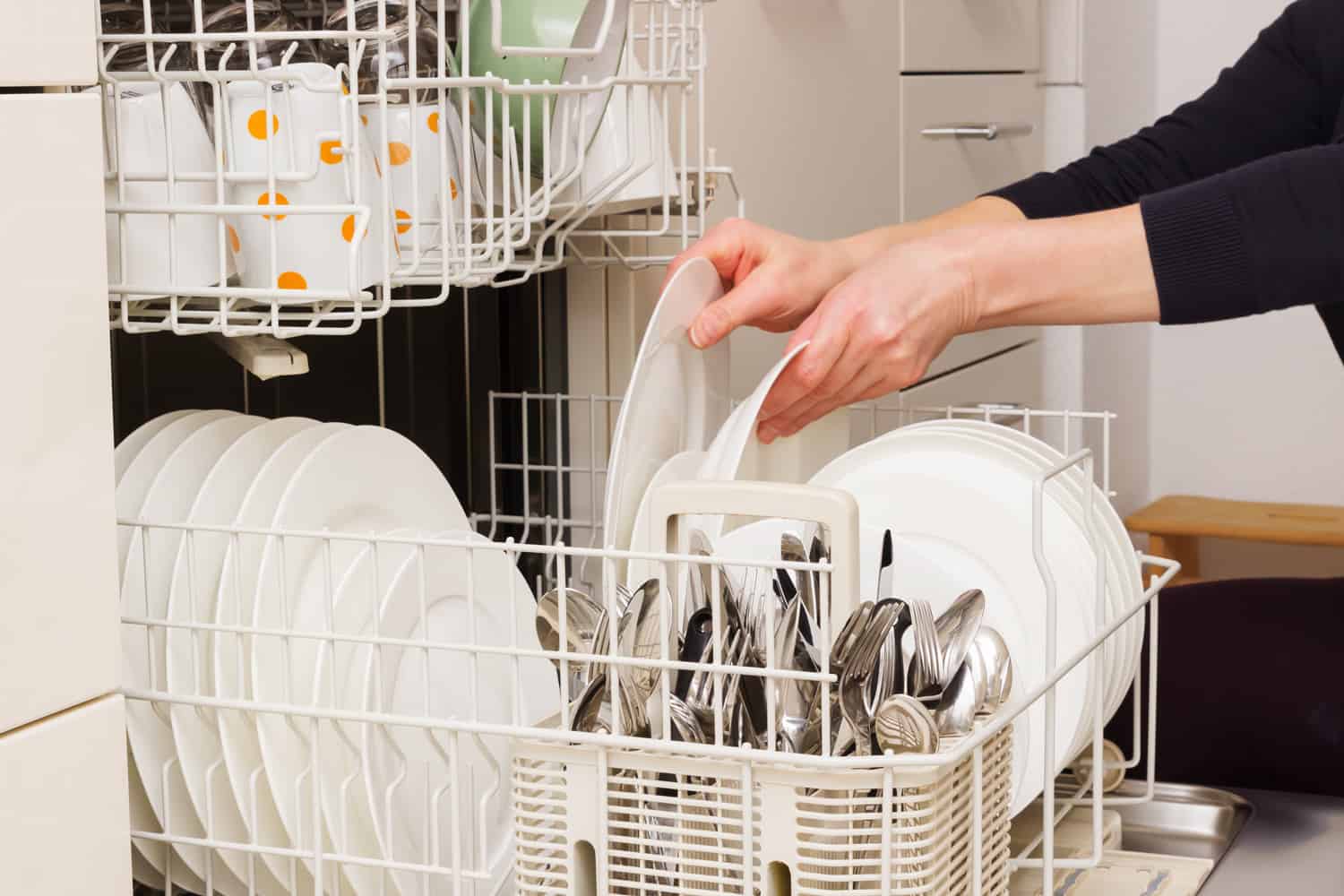
It is prudent to scrap and rinse utensils before putting them in the dishwasher to avoid overloading the washer. Loading items with food scraps and oils can lead to an inefficient dishwasher, draining issues, and clogging. In addition, ensure that you load your dishwasher correctly by strategically positioning items.
Wrapping Up
Even though kitchen faucets rarely come with drains, they still require functional drains to avoid creating a mess. Fortunately, kitchen sinks often come with drains, eliminating the need for an extra drain for the faucet. The goal is to install a suitable kitchen drain, not a specific drain for your kitchen faucet or sink.
Considering all the faucet options available in the market, choose one that suits your needs and adds value to your home. In addition, take care to keep your drains from clogging as this would have adverse effects on your kitchen's usability. Furthermore, you may incur costly repair costs.
You may also be interested in finding out: How Long Does It Take To Replace A Kitchen Faucet

